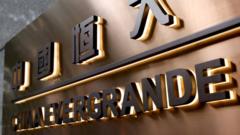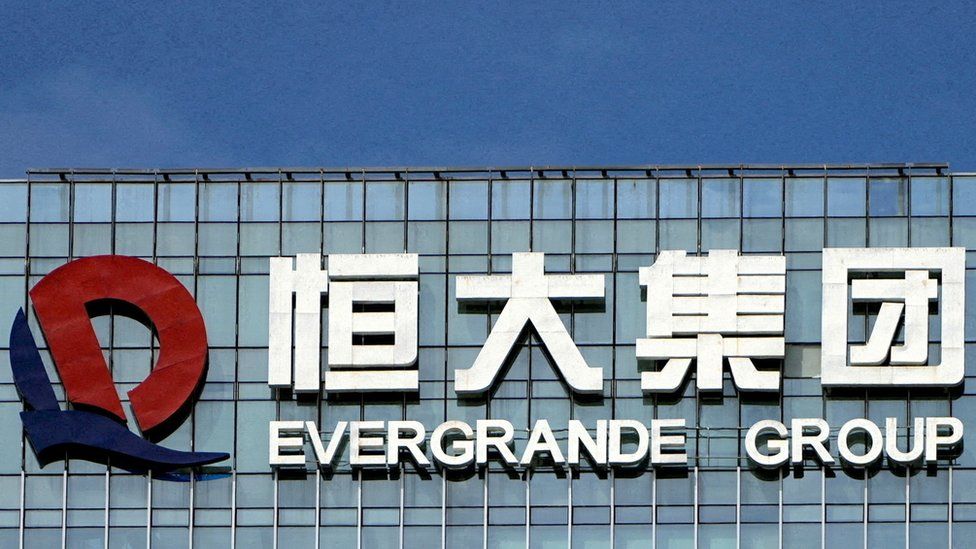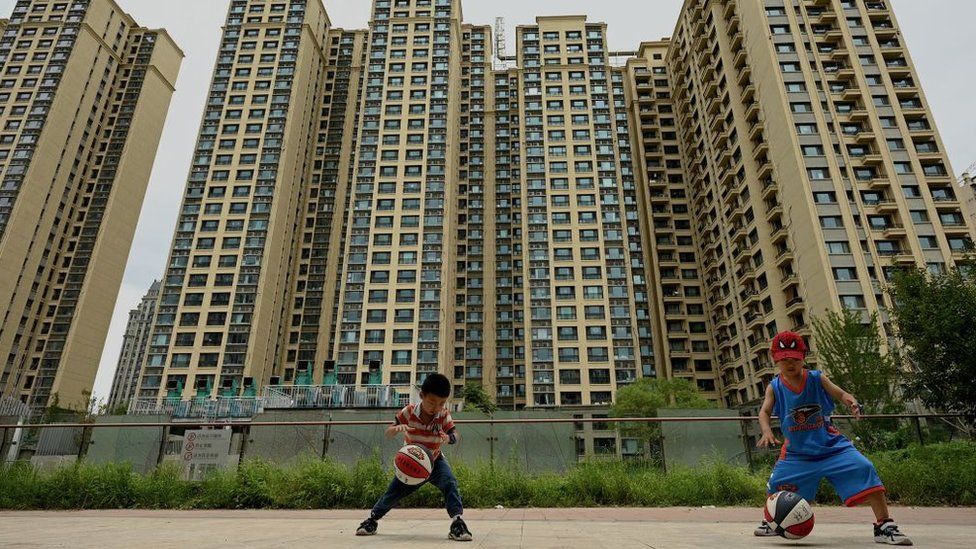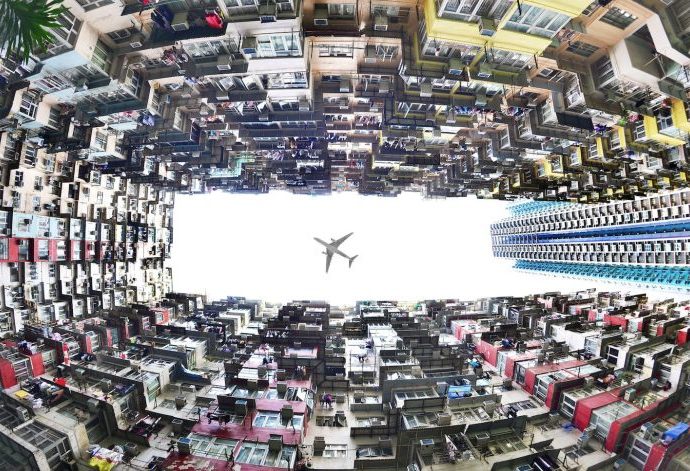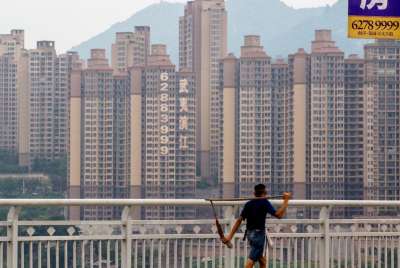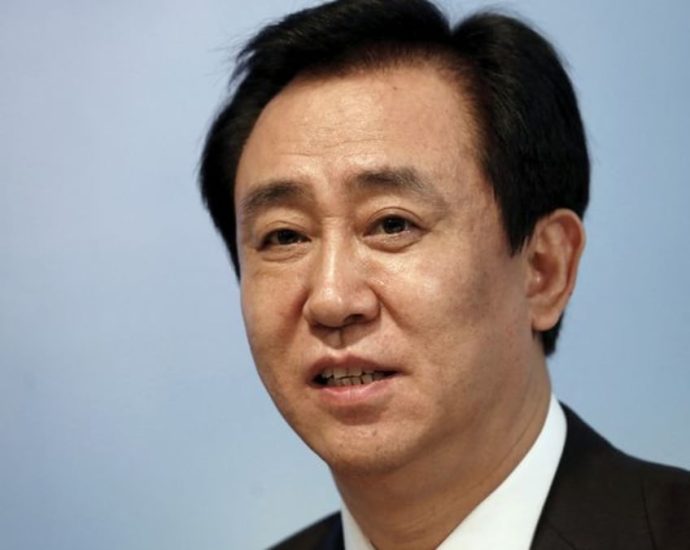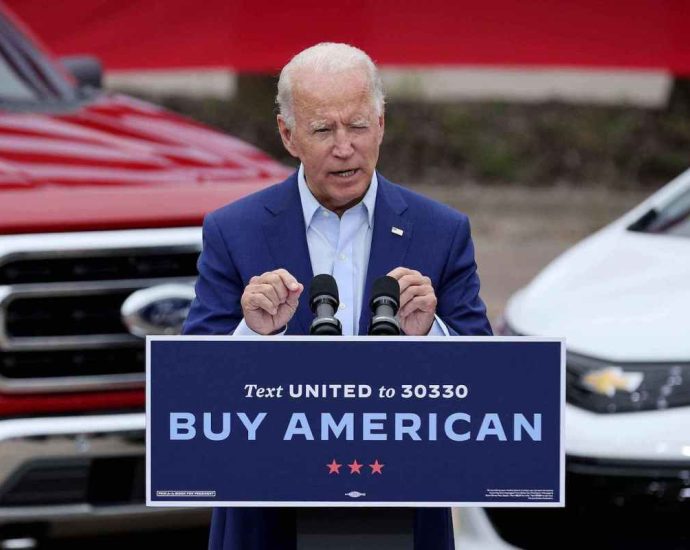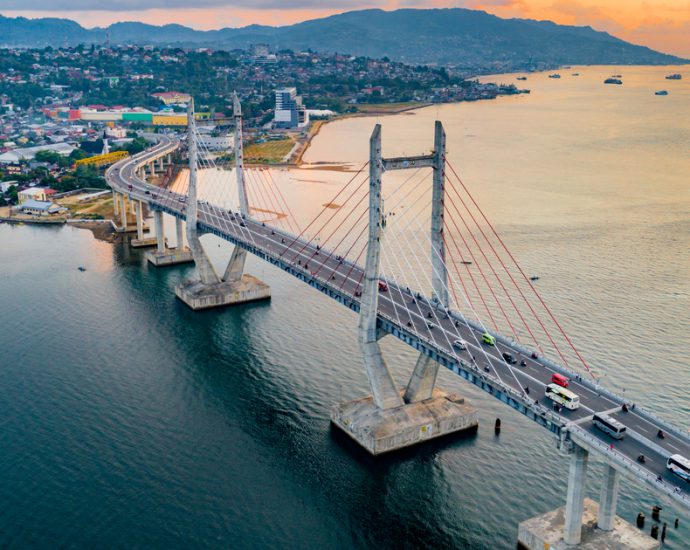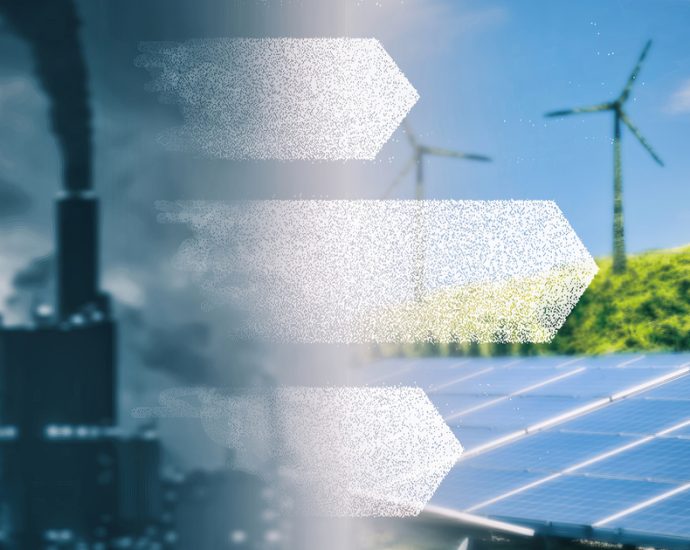Evergrande: China property giant suspends shares amid reports of detained leaders
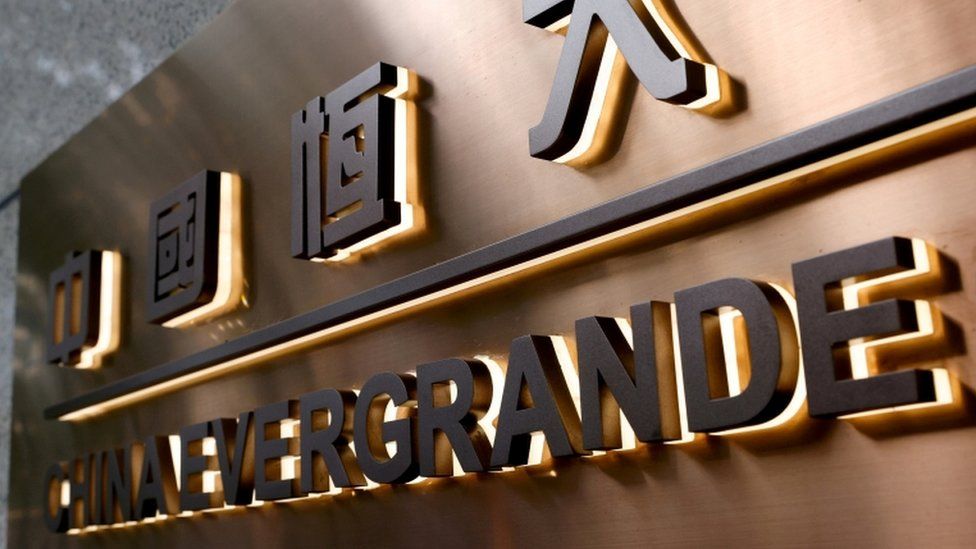 Reuters
ReutersShares in crisis-hit Chinese property giant Evergrande have been suspended in Hong Kong amid reports its chairman has been placed under police surveillance.
It follows reports earlier this week that other current and former executives had also been detained.
Thursday’s market statement did not give a reason for the trading halt.
But it marks another low for the heavily indebted property giant which defaulted in 2021, triggering China’s current real estate market crisis.
In August, the firm filed for bankruptcy in New York, in a bid to protect its US assets as it worked on a multi-billion dollar deal with creditors.
The market trading halt now comes just a month after the firm’s previous 17-month suspension was lifted.
Evergrande – once valued as the world’s most valuable property developer – is at the centre of a real estate crisis threatening the world’s second largest economy.
With more than $300bn (£247bn) of debt, the firm has been scrambling to raise cash by selling assets and shares to repay suppliers and creditors.
Most of Evergrande’s debt is owed to people within China, many of whom are ordinary citizens whose homes have not been finished.
When the firm defaulted on its huge debts in 2021, it sent shockwaves through global financial markets as the property sector contributes to roughly a quarter of China’s economy.
Several other of the country’s major developers have defaulted over the past year and many are struggling to find the money to complete developments.
In July, Evergrande revealed it had lost a combined 581.9bn yuan ($79.6bn; £65.6bn) over the post two years.
It has been working on a new repayment plan and the company seemed to have been moving closer to resolving the problem after it filed for US bankruptcy protection.
Its latest plan was to reissue its overseas debt as new bonds that it had to pay back in about 10 years’ time, as well as offering their creditors stakes in the company as shares.
But earlier this week, Evergrande revealed its mainland unit Hengda Real Estate had defaulted on 4 billion yuan (£449m; $547m) of debt.
Chinese business wire Caixin also reported that several current and former executives has been detained.
Then on Wednesday, Bloomberg News reported the firm’s founder Hui Ka Yan, who is also known as Xu Jiayin, had bene taken away by police this month and was being monitored at a designated location.
The BBC has been unable to independently confirm Bloomberg’s reporting.
Trading in its two other units – the property services and electric vehicle – was also suspended on Thursday.
“China’s property-sector stress will continue to pose cross-sector credit risks in the near term,” wrote Lan Wang and Duncan Innes-Ker of Fitch Ratings.
“The government’s modest policy easing to date is unlikely to drive a sharp turnaround in homebuyers’ sentiment, even though it has led to some recent improvements in broader economic indicators,” their report said.
-
-
18 September
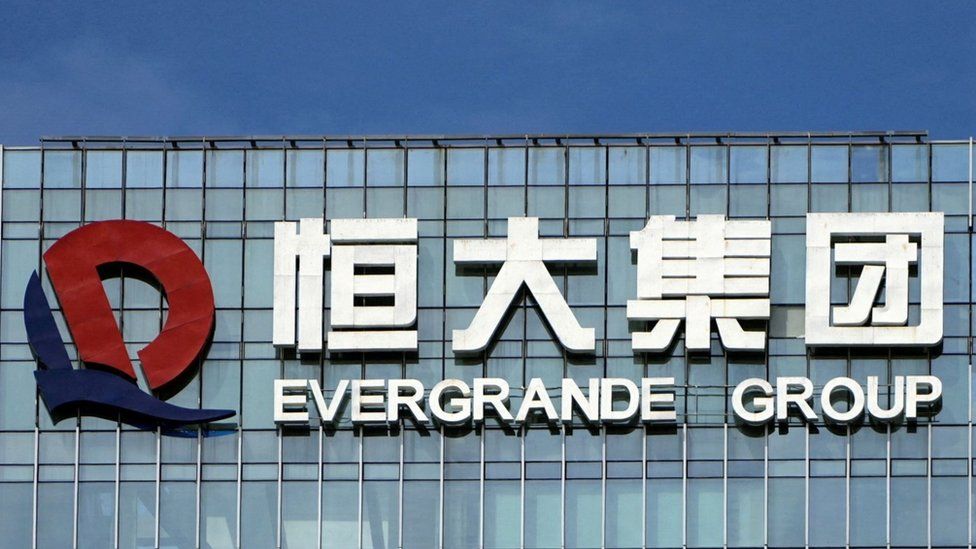
-

